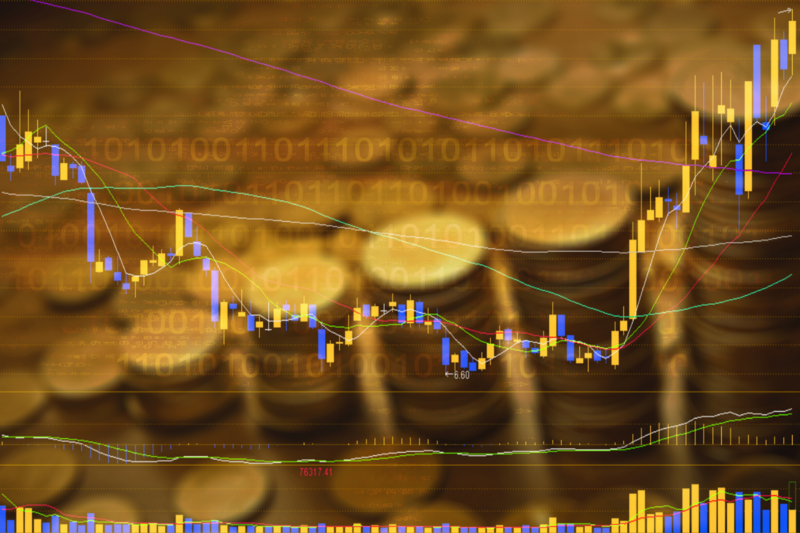

Gold rush continues unabated in 2024
The price and demand for gold have reached record highs over the past two years and show no sign of faltering in 2024. Central banks added 39 tonnes of gold to global reserves in January. We analyse the main macroeconomic factors affecting stock markets and their implications for investment assets such as gold.
Although gold demand during 2023 fell slightly short of the annual record achieved in 2022, the latest report published by the World Gold Council (WGC) confirms that it was another year of massive gold purchases by central banks.
Annual gold demand (excluding OTC) of 4,448 tonnes was only 5% lower than the previous year. Including OTC flows, it stands at 4,899 tonnes, the highest recorded since 2010. While annual net purchases of 1,037 tonnes almost matched the 2022 record, falling just 45 tonnes short.
Despite some fluctuations during the year, the price of gold rose 15% in 2023 to an all-time high of $2,135.40 per troy ounce on 4 December. The US banking crisis, geopolitical tensions, war conflicts and the US Federal Reserve’s stance on maintaining interest rates were among the main factors contributing to gold’s continued safe-haven status for investors.
Thus, yet another year confirms that the gold market continues to receive support from central banks of countries that want to diversify their reserves to shield their economies, which suggests that gold prices could continue to rise significantly throughout this year.
Central banks start the new year adding more gold to their reserves
According to IMF data, central banks’ global gold reserves increased by 39 tonnes in January this year. This is more than double December’s net purchases and the eighth consecutive month of net purchases.
Turkey’s central bank was the main buyer, adding 12 tonnes of gold to its reserves for a cumulative total of 552 tonnes. It was followed by the People’s Bank of China, which continued to accumulate the golden metal at a steady pace, increasing its reserves by 10 tonnes, the 15th consecutive month of gold purchases by the Chinese central bank.
Meanwhile, on Tuesday 5 March, the price of gold reached a new all-time high of $2,140.6 per troy ounce, surpassing the record set at the end of last year. Well into 2024, economic and geopolitical uncertainty persists.
Inflation has fallen, but the world faces similar challenges to those of recent years. The WGC notes that the rebound in gold purchases in January supports its forecast that “2024 will be another solid year for central bank demand for gold”, and warns that “the world looks no less uncertain”, so “the reasons to own gold are as relevant as ever”.
The impact of the current macroeconomic environment on the gold market
With the Federal Reserve (Fed) and the European Central Bank (ECB) expected to cut rates from June, and given that monetary and fiscal policy is one of the main drivers of precious metals prices, elections in the US and elsewhere may directly impact gold prices.
Let’s not forget that gold prices experienced a major rally in 2020, increasing in value by nearly 25% just before the US presidential election. Likewise, when Barack Obama left office in 2017, the gold price was 40% higher than when he took office in 2009.
In a recently released WGC podcast discussing the current macroeconomic environment, Karim Chedid, Head of EMEA Investment Strategy at iShares and Managing Director at BlackRock, notes that “in the context of the election calendar, historically, a traditional safe-haven asset such as gold tends to perform well and is likely to be in demand this year”.
As for the outlook for global economic growth, after a year marked by contraction or stagnation of some economies, with the European Union narrowly escaping recession, and a slow but stronger-than-expected recovery in the United States, Russia and Asia, many analysts expect growth to slow down despite falling inflation. Still, Karim Chedid explains that this will depend on the region, “for the global economy, we forecast that growth will continue to be low” but in regions such as Europe, “there will be an upward trend”.
Key factors of portfolio performance
BlackRock has introduced a framework it calls “asset allocation drivers”, which go beyond macroeconomic factors but will continue to play a key role in the economy over the long term. These are energy transition, artificial intelligence, geopolitical fragmentation, the future of finance and demographic ageing.
“Each of these major forces influences growth, influences inflation and therefore influences interest rates and asset allocation,” says the BlackRock executive. That said, Chedid reminds us that during 2023, “central bank gold purchases were a more important driver of growth than money flows”.
The correlation between stock and bond returns has been positive for much of history but is periodically negative and, as Chedid points out, “unreliable” right now, making the importance of diversifying our investment portfolio with physical gold more relevant than ever. An observation that is in line with Goldman Sachs’ analysis from December last year, when it predicted a rise in the performance of commodities such as gold over the next 12 months.
To discover the best option to protect your savings, enter Preciosos 11Onze. We will help you buy the safe-haven asset par excellence, physical gold, at the best price.
Leave a Reply
You must be logged in to post a comment.





Gràcies per l’article
Gràcies, Manel. Bona Pasqua!